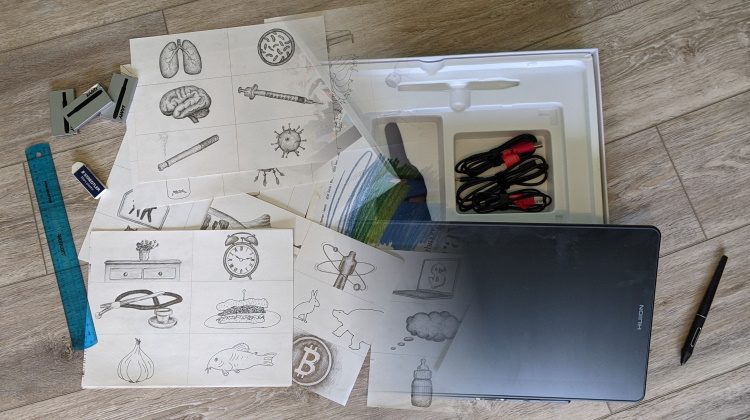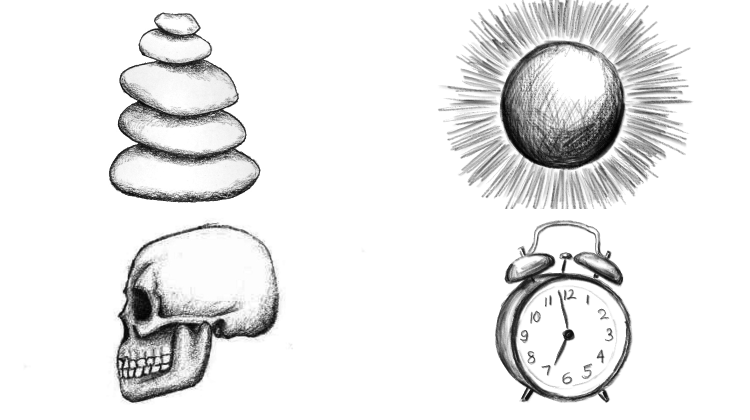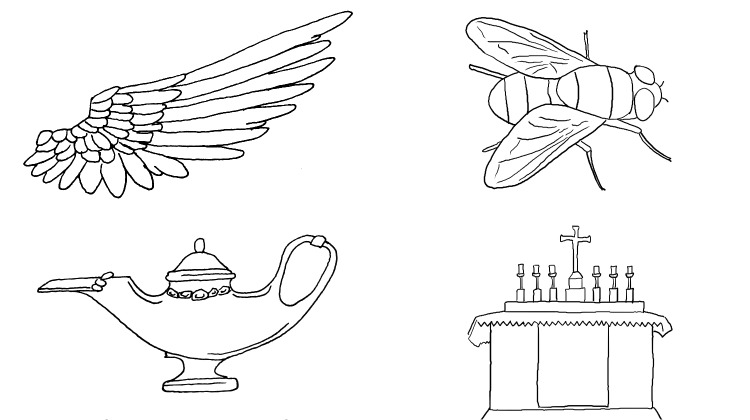
If you had asked me, at age seven, what I wanted to be when I grew up, I probably would have given you one of two answers. I might have said that I wanted to be an artist. Or I might have told you that I wanted to be a scientist when I grew up.
The truth is, I wanted to be both.
I graduated from college in 2002 with a degree in Computer Science and a minor in Studio Art. In my computer classes, I learned how computers worked and how to program them. In my art classes, I learned how aesthetics worked and how to draw and paint.
After I graduated, I worked for a year as a computer programmer before going to work at the U.S. Patent & Trademark Office doing work loosely related to computers, but not really. I had given up art altogether.
A few years ago, I began reigniting old passions and taking art seriously again. I bought a sketchpad, some good pencils, and a Lamy fountain pen (after hearing Neil Gaiman tout them on a podcast). I decided to write more blog posts and to only use my own artwork in them. I built a habit of drawing new artwork for blog posts almost every day. After a few months, I had amassed quite a collection of physical drawings (the photo below shows only half of what I did).

As you can imagine, creating all this physical artwork by hand can get a bit complicated, tedious, and time-consuming.
Last year, I heard about the NFT digital art craze. As a computer scientist, artist, and technology enthusiast, I was immediately drawn to NFTs. I had read the news about the artist known as Beeple selling a collection of digital art as an NFT for $69.4 million. But what fascinated me most about it was that Beeple did all of his artwork digitally. It gave me the idea that maybe I was being old-fashioned in sticking with pencils, paper, and paints. Was it possible to make the same artwork that I’ve always made, but digitally?
After much research, I decided to get a Huion Kamvas 16 2021 pen display and Corel Painter 2022 digital art software. This combination allows me to mimic the drawings I’ve been physically making, but completely digitally.

It has been a few months since I’ve converted to digital, and I’m satisfied with the results. I plan on learning more about the pen display and the software so I can make more complex pieces of art, such as digital oil paintings.
Take a look at some of my recent blog drawings and see if you can tell the difference between the analog and digital drawings:


Leave a Reply